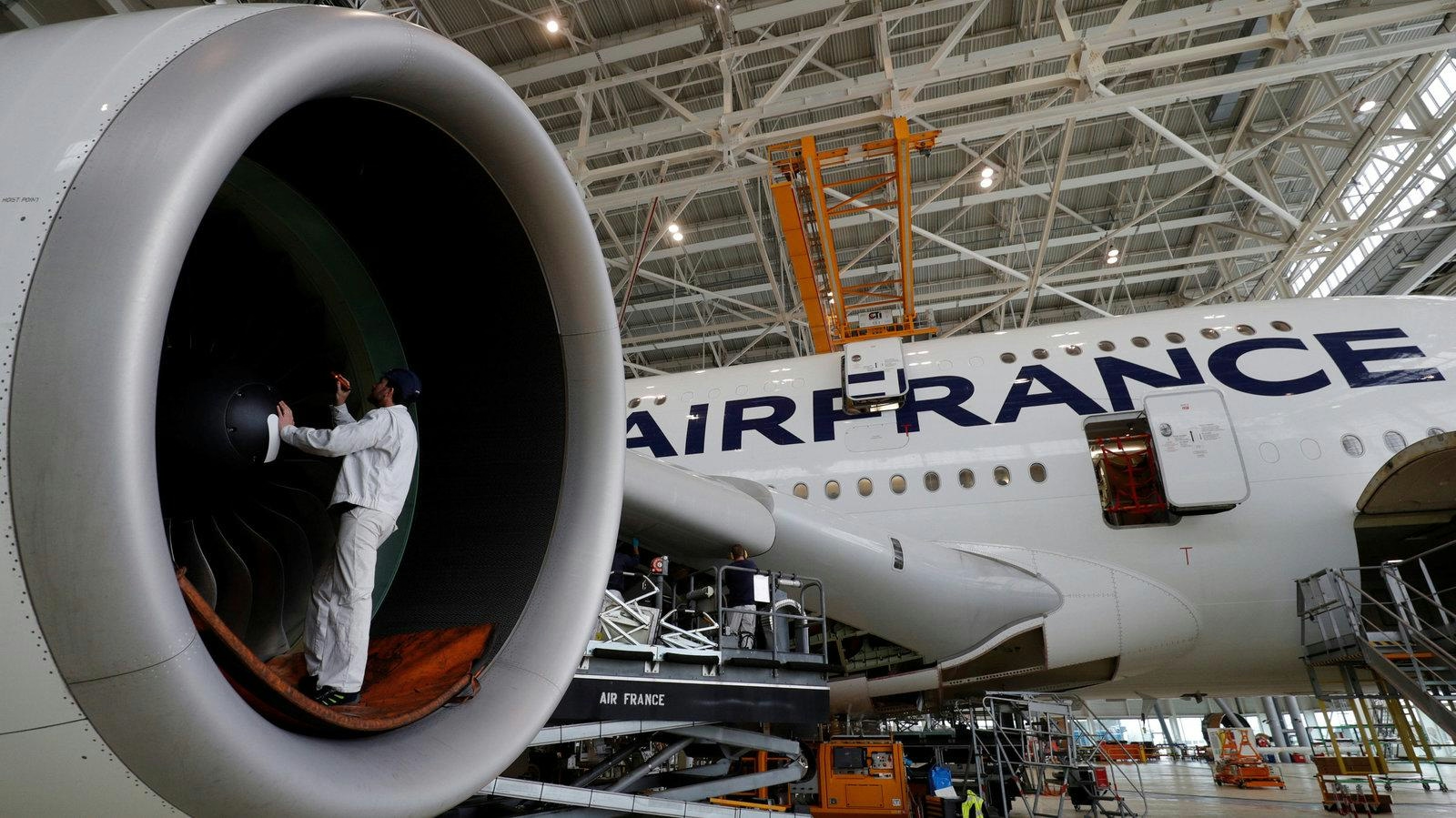
AeroGenie — Seu copiloto inteligente.
Tendências
Categories
Boom Supersonic and the Future of Aviation Innovation

Boom Supersonic and the Future of Aviation Innovation
The aviation sector is on the cusp of a transformative period, with Boom Supersonic positioned to revolutionize commercial air travel. Since the Concorde’s retirement in 2003, supersonic progress has been limited, but Boom’s Overture airliner aims to cut cross-continental flight times in half, targeting a market valued at over $30 billion that demands speed and innovation. The company’s approach rests on three core pillars: the development of breakthrough “Boomless Cruise” technology, the integration of sustainable aviation fuel (SAF), and the cultivation of strategic partnerships that combine aerospace heritage with startup dynamism.
Technological Advances: Quiet Supersonic Travel and Environmental Commitment
One of the most significant obstacles to supersonic flight has been the disruptive sonic boom. Boom Supersonic confronts this challenge through its Boomless Cruise technology, which utilizes the Mach cutoff principle to eliminate noise at ground level. In January 2025, the company’s XB-1 demonstrator completed six supersonic flights without producing an audible boom, a feat made possible by advanced aerodynamic design and a proprietary autopilot system. This innovation allows the Overture to cruise at Mach 1.3 over land and Mach 1.7 over water, enabling routes such as New York to London to be completed in under three and a half hours.
Equally important is Boom’s dedication to sustainability. The Overture is designed to operate entirely on 100% sustainable aviation fuel, a carbon-neutral energy source derived from materials like agricultural waste and captured carbon dioxide. Collaborations with SAF producers including AIR COMPANY and Dimensional Energy secure an annual supply of 10 million gallons for testing purposes. Additionally, the Symphony engine powering the aircraft offers a 15% reduction in emissions compared to current subsonic jets. These technological and environmental advancements not only meet stringent regulatory standards but also appeal to a discerning market increasingly prioritizing ecological responsibility.
Regulatory and Market Challenges
Despite these technological strides, Boom Supersonic faces considerable regulatory and market obstacles. Historically, U.S. regulations have prohibited supersonic flight over land due to noise concerns. However, an executive order issued during the Trump administration lifted this ban, creating new opportunities for domestic operation of the Overture. Nevertheless, concerns about high fuel consumption and environmental impact persist, fostering skepticism regarding the long-term viability and sustainability of supersonic commercial travel. The premium pricing of tickets and uncertain consumer demand further complicate Boom’s efforts, as the company must demonstrate that travelers are willing to pay a premium for significantly reduced travel times.
Strategic Partnerships and Market Positioning
Boom’s advancement is supported by strategic partnerships with established industry players such as Northrop Grumman, United Airlines, and Japan Airlines. Northrop Grumman’s involvement in military adaptations expands the Overture’s potential applications beyond commercial aviation. United Airlines’ purchase agreement in 2021, along with American Airlines’ options for up to 60 aircraft—part of more than 130 pre-orders—underscore strong market interest. The company’s LEED-certified Superfactory in North Carolina, designed to produce 66 Overture aircraft annually, reflects operational maturity and represents a $6 billion investment expected to generate 2,400 jobs by 2040. Collaborations with tier-one suppliers like Honeywell and Collins Aerospace further strengthen Boom’s supply chain resilience.
Market Outlook and Competitive Dynamics
Boom estimates that over 600 global routes could accommodate the Overture’s 64 to 80 passenger capacity. With more than 130 pre-orders amounting to over $20 billion in potential revenue, Boom holds a clear first-mover advantage in the emerging supersonic market. However, as the industry anticipates a revival of supersonic commercial flights, competition is expected to intensify. The critical challenge for Boom will be to balance speed, sustainability, and cost effectively to satisfy both regulatory requirements and consumer expectations, as it aims for a commercial launch in 2029.
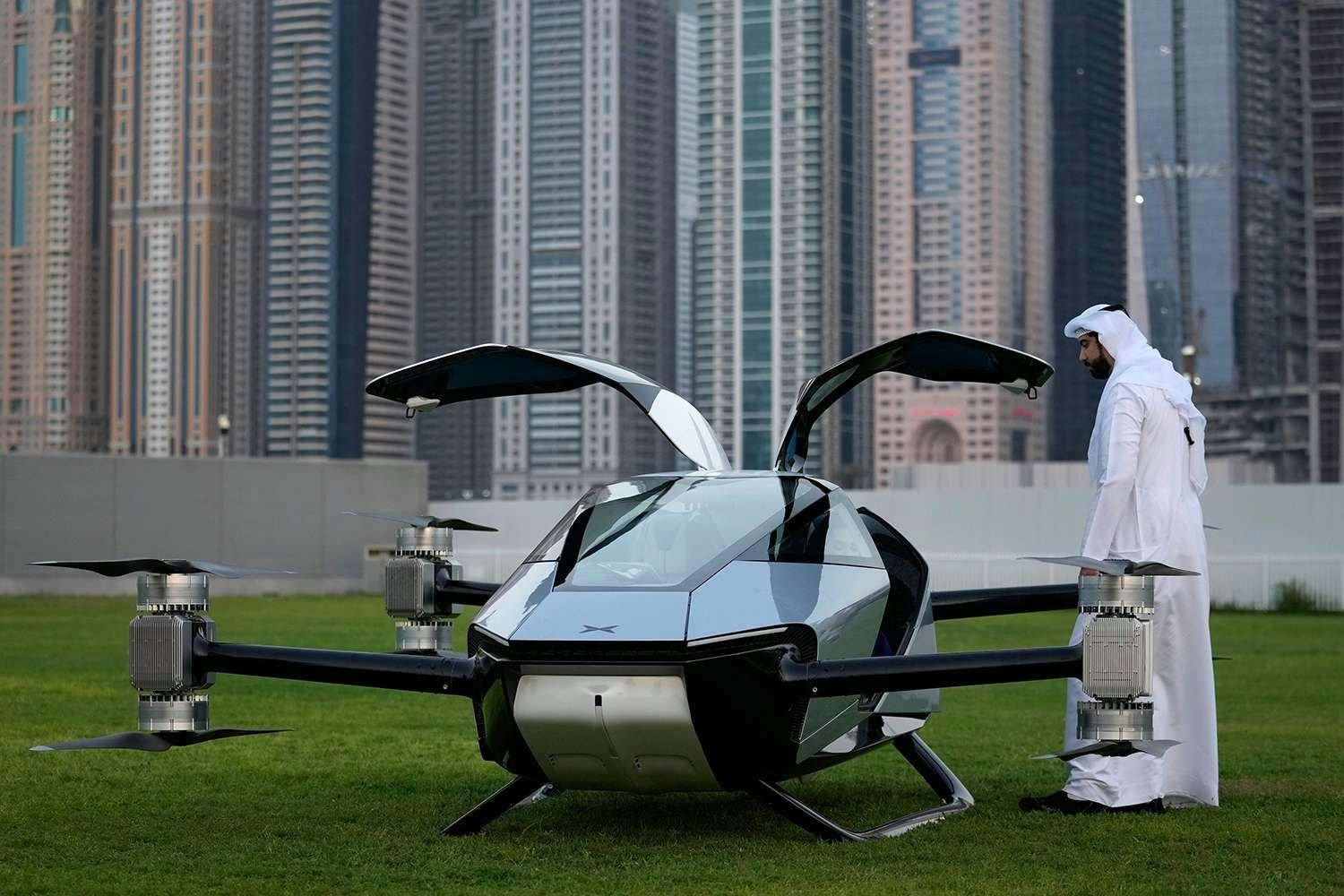
Dubai’s 2026 Plans: Key Developments from Flying Taxis to the Year of the Family

CALC Orders 30 Airbus A320neo Jets to Expand Fleet by 2026

AI in Travel Planning: Benefits, Risks, and Future Prospects
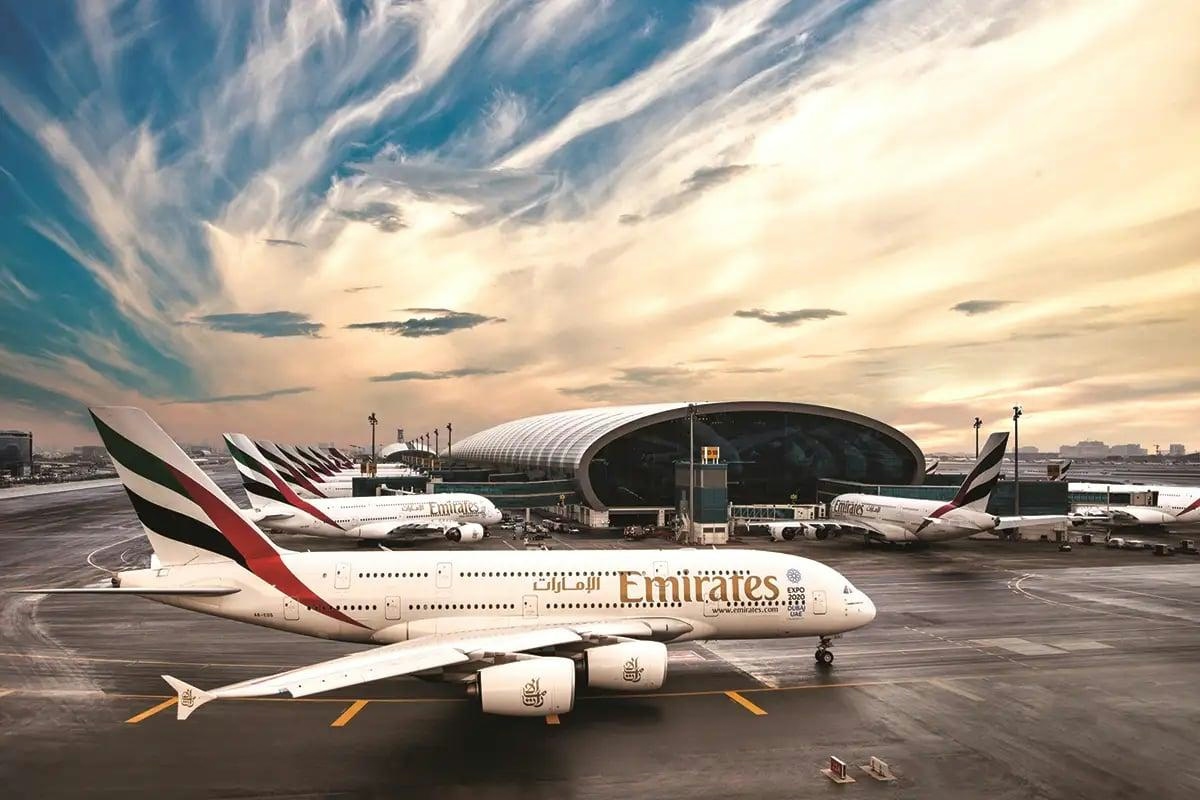
Airline Operated Largest Widebody Fleet in 2025
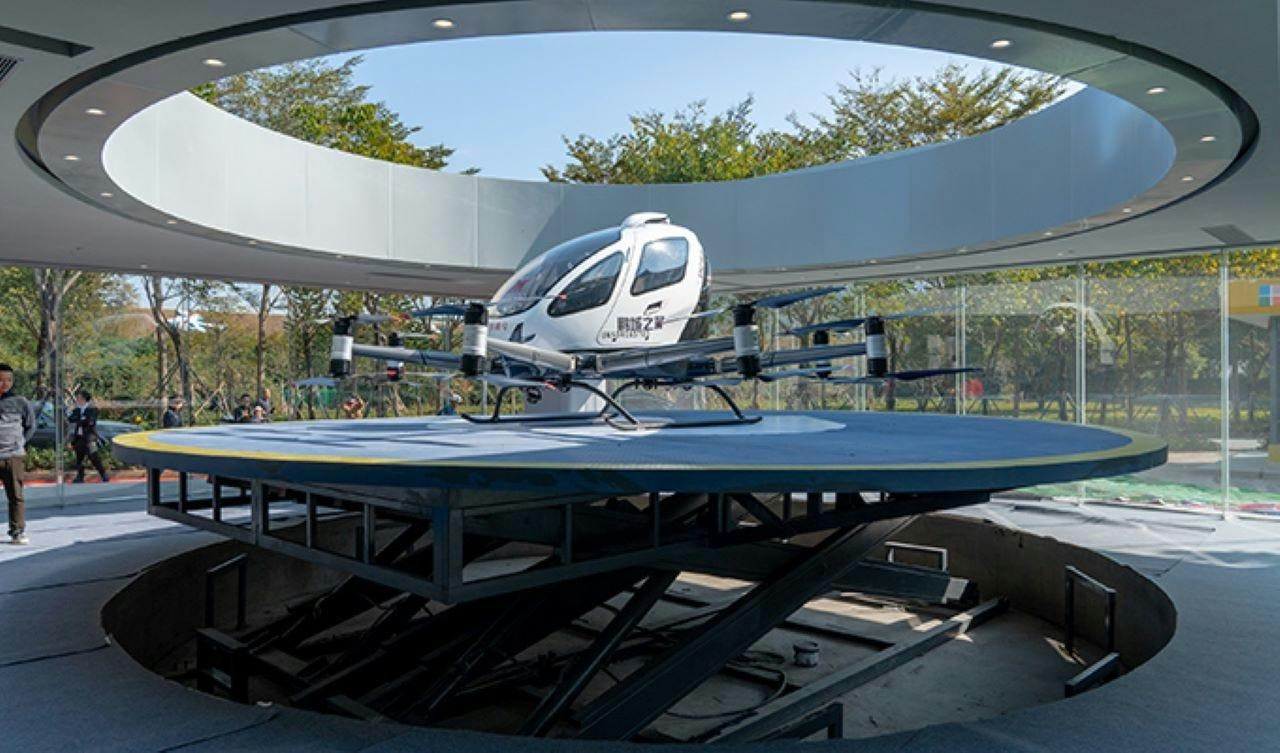
Tel Aviv Plans First Vertiport to Support Air Taxi Services
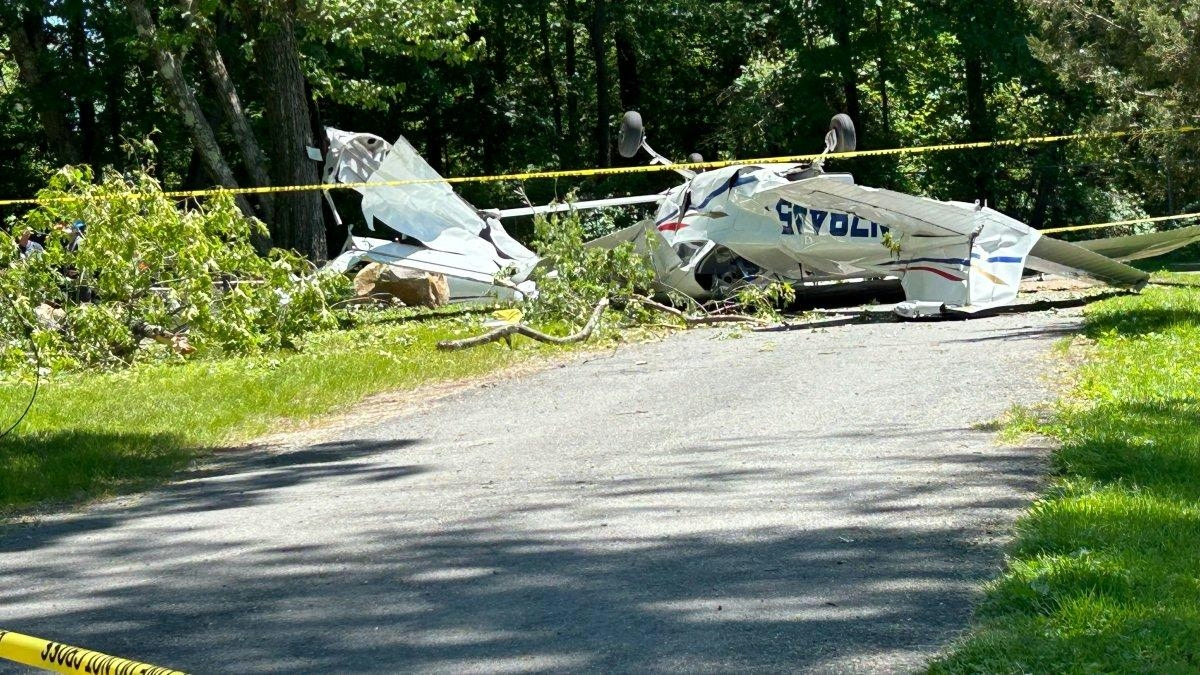
Pilot’s Distress Call Captures Near-Engine Failure Incident
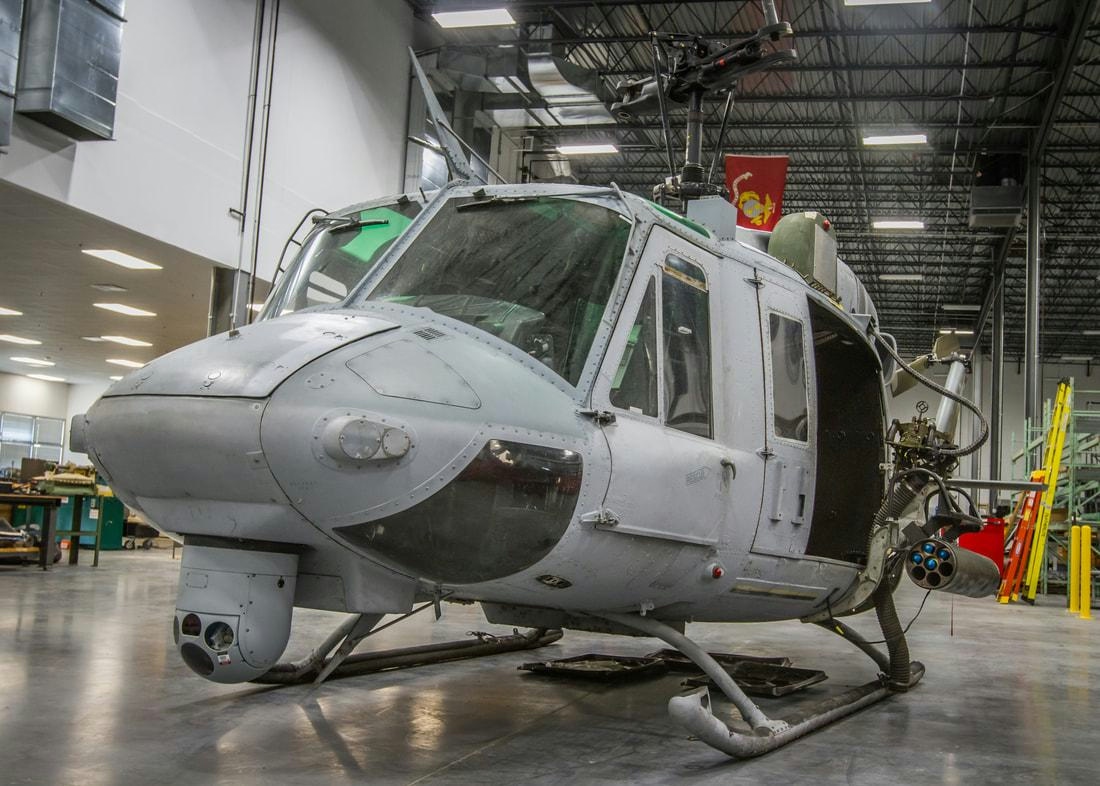
The Small Cold War Helicopter Considered by the Marines for Combat
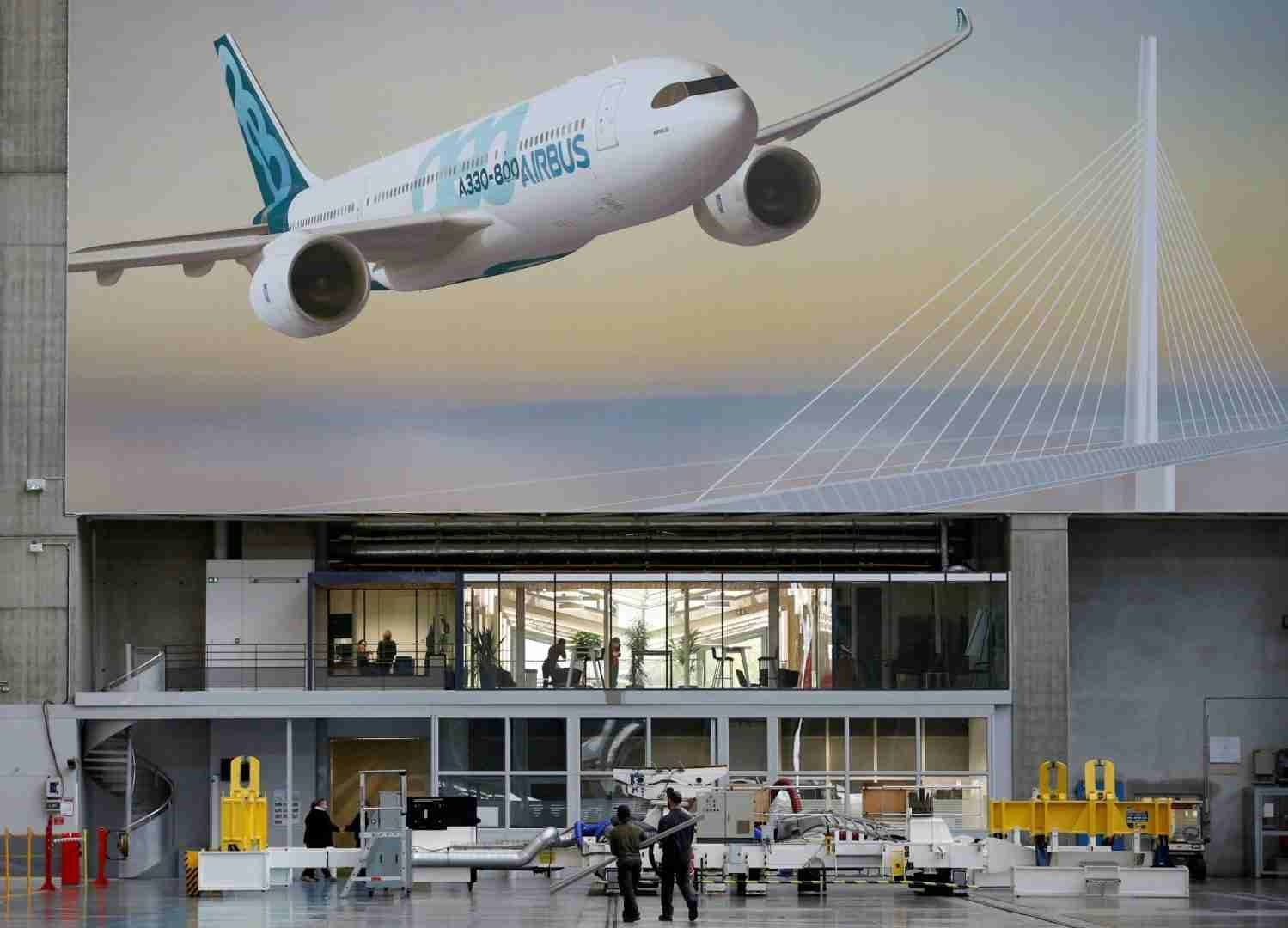
Boeing and Airbus Orders Race in 2025: Who Leads?
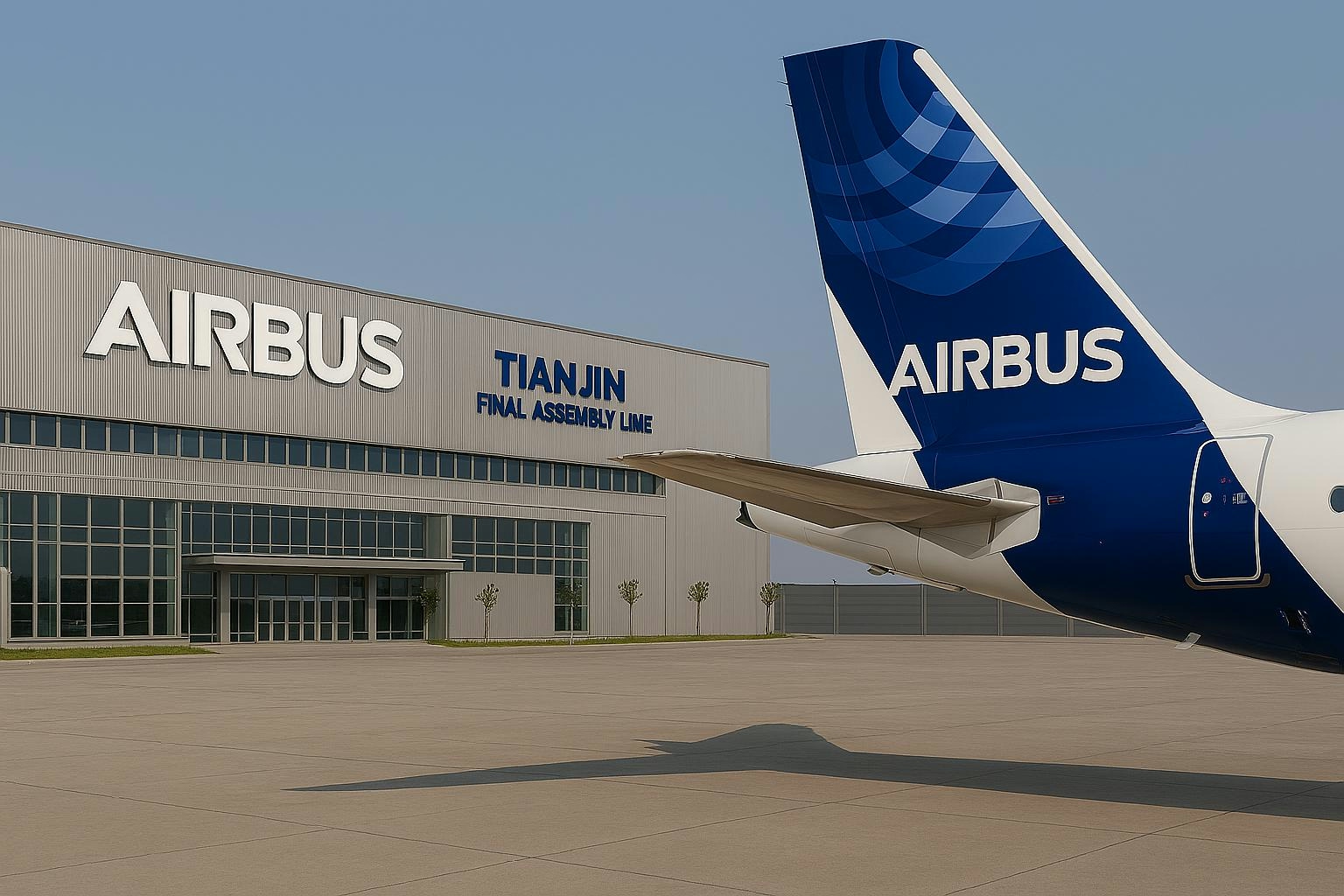
Air China Shares Rise After $9.5 Billion Airbus Jet Order
